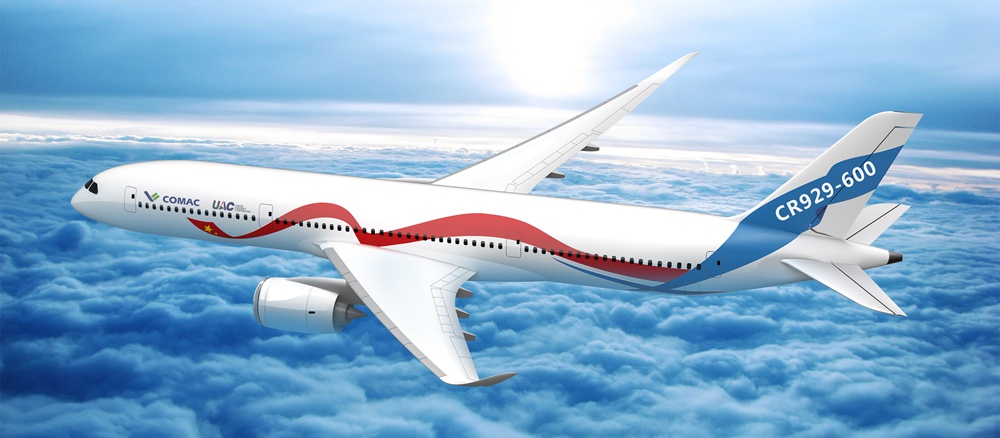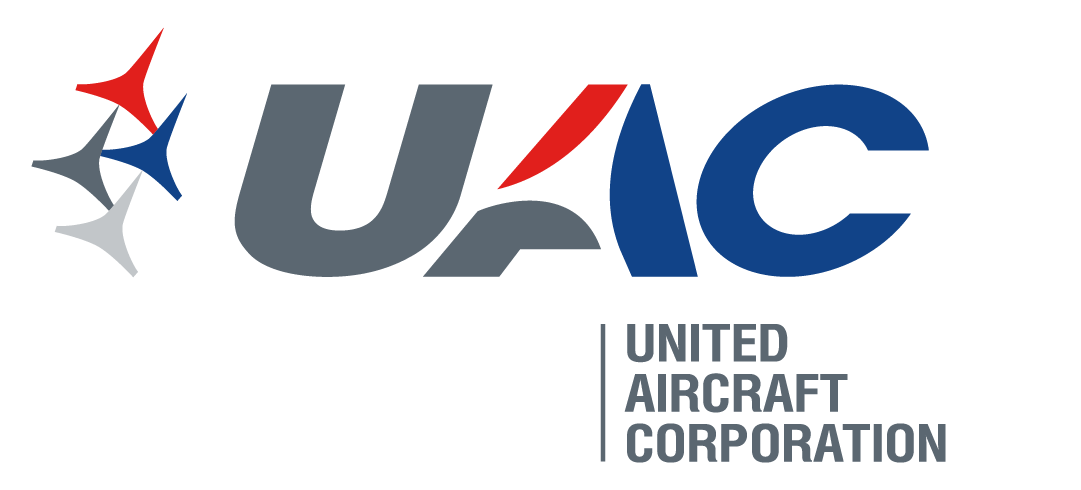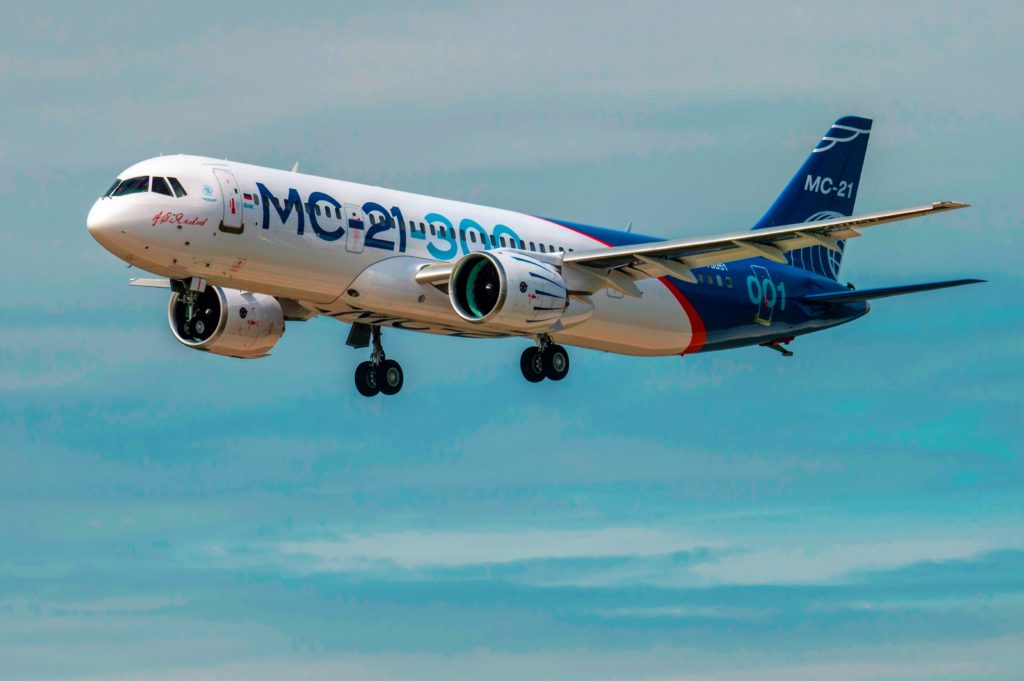Leeham News and Analysis
There's more to real news than a news release.
A Chinese intervention in Ukraine would kill its aerospace industry
Subcription Required
By Bryan Corliss
Commentary
March 23, 2023, © Leeham News – Chinese leader Xi Jinping flew into Moscow this week for a three-day summit with accused Russian war criminal Vladimir Putin.
 They wined and dined. They talked publicly about economic accords and oil pipelines and pledged mutual support. In private, Putin almost certainly made a plea for stepped-up Chinese support for his faltering invasion of Ukraine. They made bold statements about banding together to oppose the hegemony of the West, which has united against Russia with sanctions including bans on providing Russia with the basic technology it needs to build weapons.
They wined and dined. They talked publicly about economic accords and oil pipelines and pledged mutual support. In private, Putin almost certainly made a plea for stepped-up Chinese support for his faltering invasion of Ukraine. They made bold statements about banding together to oppose the hegemony of the West, which has united against Russia with sanctions including bans on providing Russia with the basic technology it needs to build weapons.
 And at the end of it all, on Wednesday, Xi walked up the jet stairs to his Air China 747, built by Boeing in Everett, America. He turned and waved, and then flew back to Beijing.
And at the end of it all, on Wednesday, Xi walked up the jet stairs to his Air China 747, built by Boeing in Everett, America. He turned and waved, and then flew back to Beijing.
That moment, with Xi standing in front of the massive American-made jet, may just illustrate China’s conundrum right now: Xi, by all accounts, wants nothing more than to shove aside the post-Cold War order that has confined his nation from global Great Power status. An alliance with Putin’s Russia could be a key step toward that.
And Xi, as he looks around the interior of his jumbo jet, has to be acutely aware that China remains dependent upon the Western democracies for software, computer chips, and – critically – aircraft.
- War has created headaches for aerospace
- Chinese tensions are bigger issue
- China loses in a proxy war with West
- Boeing’s China business is effectively frozen
- Airbus in China may also be at risk
Outlook 2021: Russia and China
Subscription Required
By Bjorn Fehrm
Introduction
Jan. 14, 2021, © Leeham News: China and Russia are both developing a single-aisle domestic airliner in the A320/737 MAX class, a regional turboprop in the ATR 72 class, and is jointly working on an A330neo/787 widebody competing airliner.
While these are similar development programs, the countries are in very different positions in their markets and industries. China is a five times larger market for airliners than Russia, and its airlines are on the way back from COVID riddled passenger numbers. It has the fastest recovery from COVID-19 of any country and its civil airliner industry is on the rise.
Russia on the other hand has a stagnant market, still hit by COVID-19, and its market and industry have become introverted after a decade of flirting with Western markets and technology.
 Summary
Summary
- China and Russia drive almost identical civil airliner projects to replace Soviet-era and Western airliners.
- While similar in their projects, they are different in their markets and state of industries.
- China is on the way up (albeit from a low state) to eventually compete on the world market, whereas Russia is falling back to a Soviet-style all Russian state-controlled model.
Looking ahead for 2020 and 2030 decades: UAC
Subscription Required
Fifth in a series.
By Bjorn Fehrm
Introduction
July 15, 2020, © Leeham News: UAC stands for United Aircraft Corporation, and is the name of the group owning the Russian aircraft industry.
After the fall of the Soviet Union, the multitude of individual companies and design bureaus could no longer survive on their own. The Russian state, therefore, gathered them all in UAC to introduce necessary consolidation and reform.
While UAC has done much with the support of the Ministries of Industry and Defense, the changing political situation for Russia has made it harder for the Civilian aircraft side to achieve sales outside captive Russian markets for its jets.
Summary
- UAC is the holding company of the Russian aircraft industry since 2006. The UAC management has stopped pointless infighting and consolidated the industry, latest to a civilian and military side.
- But it’s ambitions on the civil side outside Russia is at mercy to state politics and the Kremlin has shown that world politics is more important than the development of its industries.
- This, and the rise of arch-rival and cooperation partner China, clouds the future for UAC civil aircraft.
2020 Outlook for Airbus, Boeing, et al
Subscription required
Introduction
By the Leeham News team.
Jan. 2, 2020, © Leeham News: This will be a pivotal year for Boeing.
It will be a year of challenges for Airbus.
Embraer Commercial Aviation should disappear.
Mitsubishi Heavy Industries faces final decisions for the SpaceJet.
Overhanging international trade is the US presidential election.
These are just some of the headlines to look for in 2020.
Leeham News and Analysis provides its annual outlook as the new year, and the new decade, begins.
2019 Outlook: Irkut leads Russia’s airliner industry
By Bjorn Fehrm
Subscription Required
Introduction
January 3, 2019, © Leeham News.: The last year was a quiet year for the airliner side of Irkut Corporation (Irkut). It continued testing its two MC-21 single-aisle airliners and rolled out the third test aircraft.
Behind the scenes, there were larger changes. Irkut was handed the shares of Sukhoi Civil Aircraft Company (SCAC), the designer and producer of the Superjet 100. The move is part of merging the Russian airliner industry into one company.
During 2018, United Aircraft Corporation (UAC), the parent of Irkut and SCAC, started the consolidation by moving all new airliner projects to Irkut, including the CR929 widebody project with China. The consolidation will continue 2019.
Summary:
- Consolidating the disparate airliner projects within UAC makes sense. The competition is International, not Irkut versus Sukhoi, Tupolev or Ilyushin.
- Will this improve the checkered fortunes of Russian airliner business? It’s the right move to get away from 70 years of Soviet isolation and rules of business. But it’s not the last change; more is needed.
- The coming year will be crucial for the SSJ100 to find its model for how to support Western airlines. Interjet went half OK but CityJet didn’t. Will Adria be better?
- It’s also an important flight test year for MC-21, which needs to pick up speed to certificate in 2020.
- The CR929 widebody is now an Irkut project. Will the change improve the chance of keeping the time plan?






